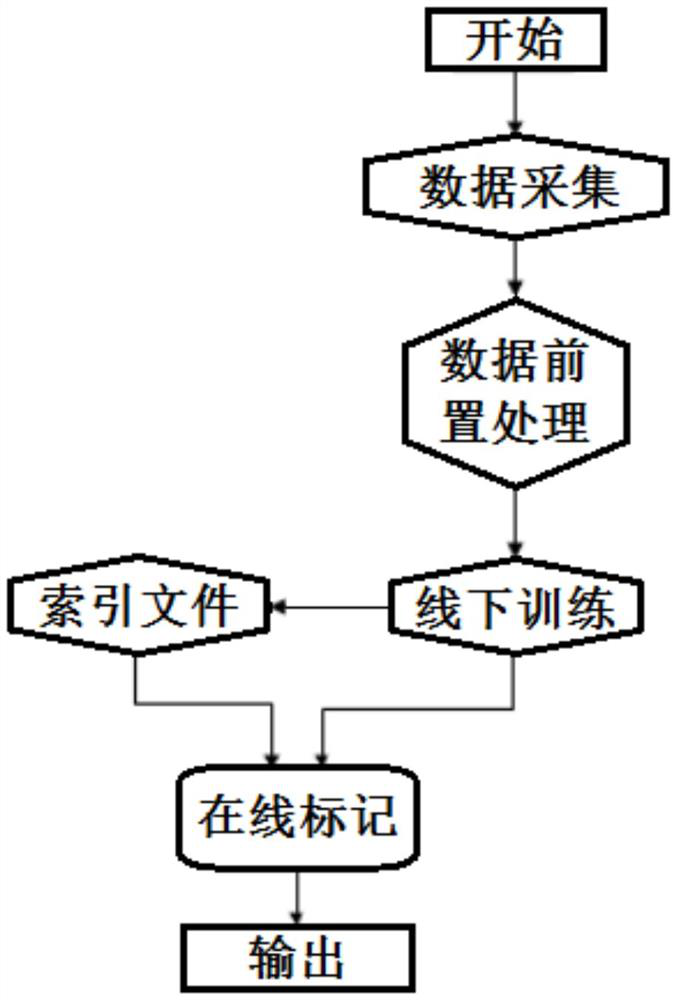A method for expressing structured query information based on tagged search semantic roles
A structured query and semantic role technology, applied in the field of structured information retrieval, can solve problems such as irregular query text, difficulty in semantic unit classification, and lack of theoretical basis, so as to improve search experience and product conversion rate, and realize structural The effects of optimized search and broad application prospects
- Summary
- Abstract
- Description
- Claims
- Application Information
AI Technical Summary
Problems solved by technology
Method used
Image
Examples
Embodiment Construction
[0086] The technical solution of the structured query information expression method for labeling search semantic roles provided by the present invention will be further described below in conjunction with the accompanying drawings, so that those skilled in the art can better understand and implement the present invention.
[0087] In Internet search engines, the search queries entered by users often point to structured data, such as product searches on e-commerce platforms, flights, movie show times, etc. However, since the search queries entered by users are expressed in the form of natural language text, it is very difficult to return relevant results from these structured data. If the structured query information can be extracted from the search query entered by the user, representing the natural language text as structured data can more accurately analyze the user's search intent and improve the user's search satisfaction. The present invention is based on the latent seman...
PUM
 Login to View More
Login to View More Abstract
Description
Claims
Application Information
 Login to View More
Login to View More - R&D
- Intellectual Property
- Life Sciences
- Materials
- Tech Scout
- Unparalleled Data Quality
- Higher Quality Content
- 60% Fewer Hallucinations
Browse by: Latest US Patents, China's latest patents, Technical Efficacy Thesaurus, Application Domain, Technology Topic, Popular Technical Reports.
© 2025 PatSnap. All rights reserved.Legal|Privacy policy|Modern Slavery Act Transparency Statement|Sitemap|About US| Contact US: help@patsnap.com



